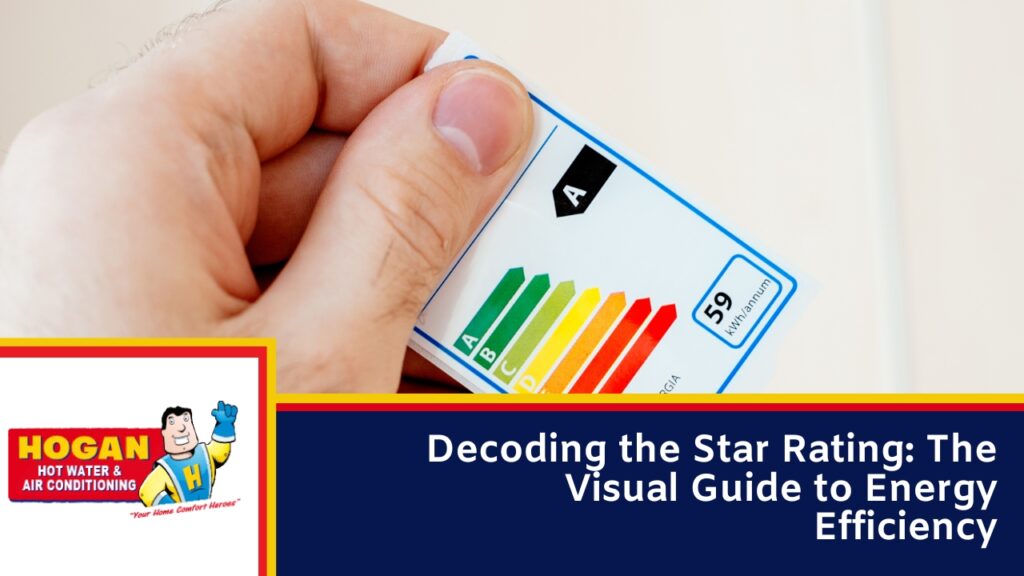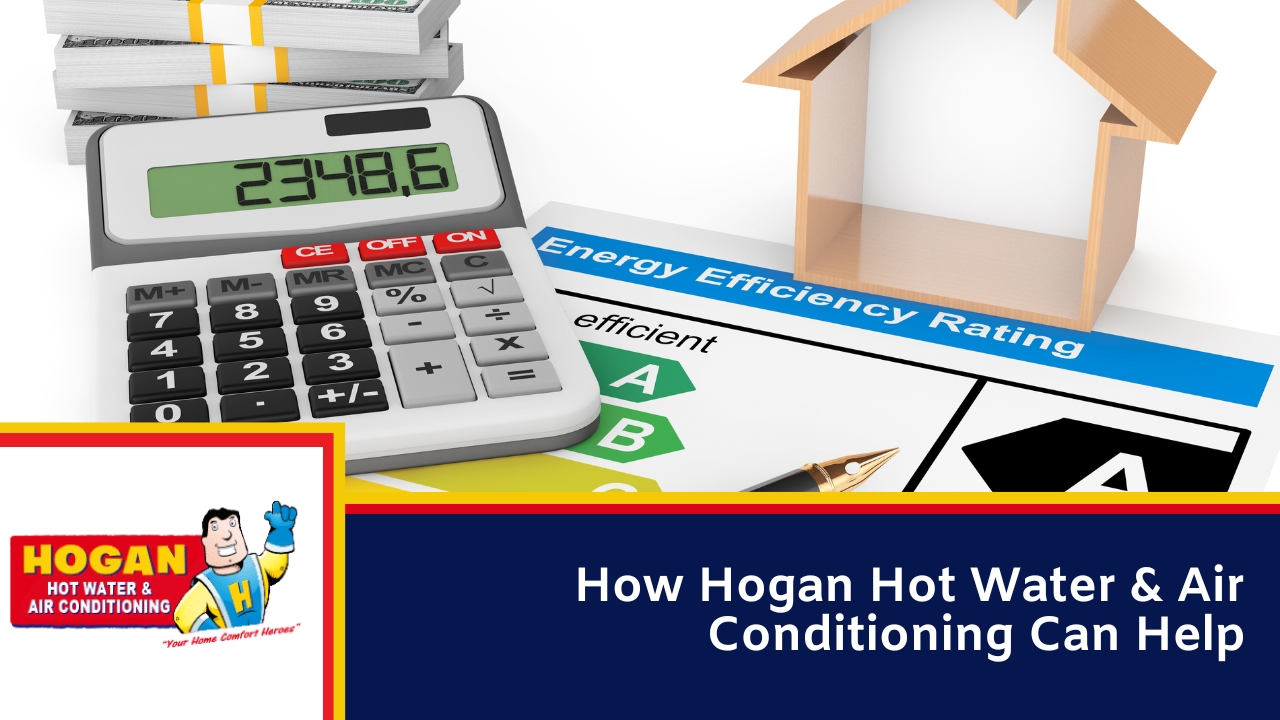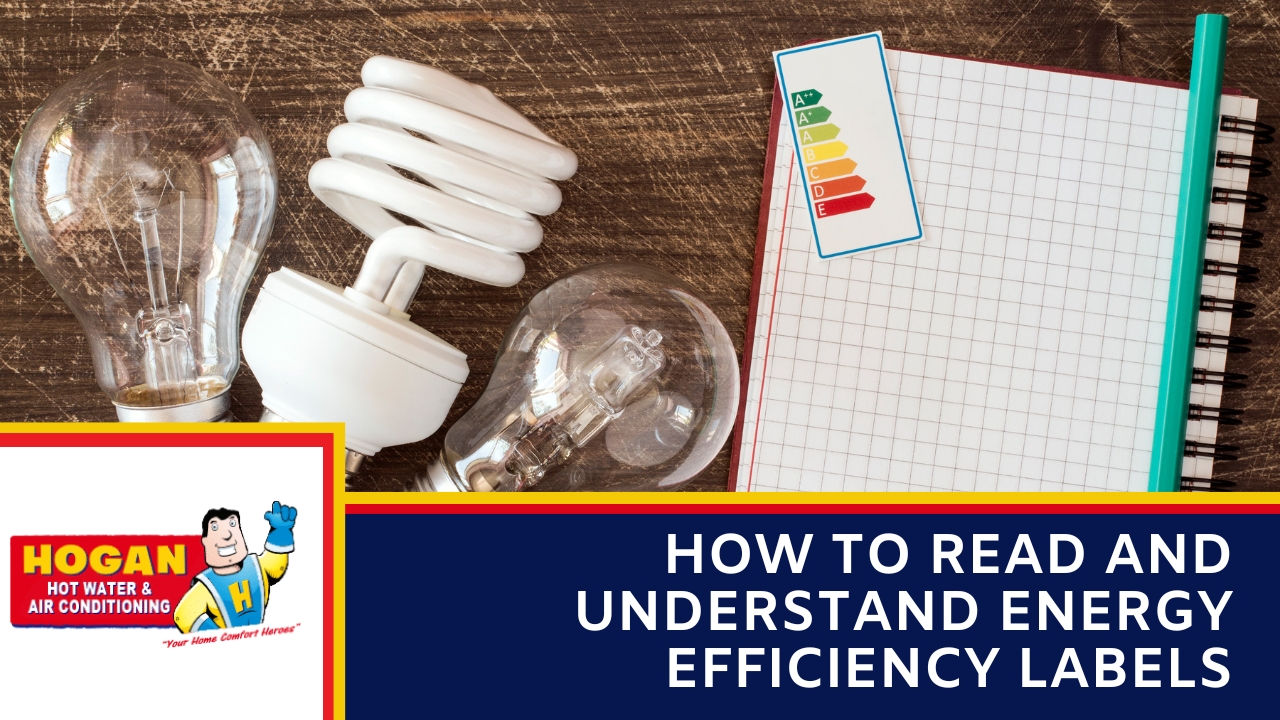Energy bills are a significant cost for homes across New South Wales. Finding ways to reduce this expense is a priority for many residents. One important tool to help control energy costs is the energy efficiency label found on many household appliances, including hot water systems and air conditioning units. These labels provide key information that can guide you towards making choices that save you money in the long run. Hogan Hot Water & Air Conditioning is here to explain what those energy labels mean and how they can benefit homeowners in Newcastle, Lake Macquarie and the Central Coast when choosing or upgrading hot water or air conditioning systems. Understanding these labels helps you compare models and predict potential running costs before you buy.
What Are Energy Efficiency Labels and Why Do They Matter?
Energy efficiency labels are standard information tags placed on many major appliances by manufacturers. They are a government-mandated system designed to provide consumers with clear, comparable data about how much energy a particular model is likely to use.
Why do these labels matter when you’re looking at systems for your home? They provide a direct way to compare the energy performance of different models side-by-water models or air conditioner units side-by-side. While the purchase price is important, the running cost over the appliance’s lifespan can be a much larger expense. Choosing a model with better energy efficiency, as indicated by the label, means it will use less energy to perform its job. This lower energy consumption directly translates into lower electricity or gas bills for your household in Newcastle, Lake Macquarie or the Central Coast.
These labels are particularly important for appliances like hot water systems and air conditioners because they are used regularly and can consume a significant amount of energy. Looking at the label helps you find a system that costs less to run day after day, year after year.

Decoding the Star Rating: The Visual Guide to Energy Efficiency
The most noticeable part of an energy efficiency label is usually the star rating. This is a simple visual scale that gives you a quick idea of how efficient the appliance is.
The star system typically ranges from 1 star up to 6 stars. Some highly efficient models might even have additional ‘super-efficiency’ stars displayed alongside the main rating. The rule is simple: the more stars an appliance has, the more energy efficient it is.
Looking at the star rating helps you see at a glance how one model stacks up against another in terms of energy performance. A hot water system or air conditioner with a higher star rating uses less energy to provide the same amount of hot water or cooling/heating compared to a model with fewer stars. This difference in energy use directly impacts your energy bills. Choosing a model with more stars means you will spend less on electricity or gas to operate it over its lifetime. This is an important consideration for homes throughout NSW, where energy costs can be substantial.
While the star rating provides a quick comparison, remember that the specific rating scale and testing methods can vary slightly between different types of appliances (like heat pump hot water vs. electric hot water or split system AC vs. ducted AC). However, within the same appliance category, the star rating is a reliable way to gauge relative energy efficiency.
Understanding the Energy Consumption Figure: Kilowatt Hours Explained
Below the star rating, energy efficiency labels also display an estimated annual energy consumption figure. This is usually given in kilowatt hours per year (kWh/year). This number provides a more specific estimate of how much energy the appliance is expected to use over a year under standard testing conditions.
This figure is calculated based on assumptions about average household usage patterns. For a hot water system, this might be based on a typical amount of hot water used daily by a certain number of people. For an air conditioner, it’s based on typical usage hours for cooling or heating in a specific climate zone.
The kWh/year number is a direct indicator of running cost. A lower kWh/year figure means the appliance requires less energy to operate annually. You can get a rough estimate of the annual running cost by multiplying this kWh/year number by the price you pay per kilowatt hour on your electricity bill. For example, if an appliance uses 1000 kWh per year and your electricity rate is 30 cents per kWh, the estimated annual cost is $300. Comparing this number between different models is a practical way to see which one will cost less to run.
It is important to remember that this figure is an estimate. Your actual energy consumption can be different based on various factors. These include the size of your household, your specific hot water or air conditioning usage habits, the climate conditions in your area and how well the system is installed and maintained. However, the kWh/year figure on the label provides a valuable benchmark for comparison.
Beyond the Label: Other Factors for Efficient Performance
Looking at the energy efficiency label is a very important first step, but it’s not the only factor influencing your system’s overall performance and running cost.
Several other things affect how efficiently your hot water system or air conditioner operates in your NSW home. These include:
- Correct Sizing: Choosing a system that is appropriately sized for your home’s needs prevents it from working too hard or being less effective than it should be.
- Professional Installation: Proper installation ensures the system runs as intended by the manufacturer, achieving its rated efficiency.
- Regular Maintenance: Like a car, hot water systems and air conditioners need regular servicing to stay in top condition. Clean filters, correctly calibrated components and checking for wear and tear help maintain efficiency over time.
- Usage Habits: How you use your system matters. Setting appropriate temperatures, using timers effectively and ensuring your home is well-insulated all contribute to lower energy consumption.
How Hogan Hot Water & Air Conditioning Can Help

At Hogan Hot Water & Air Conditioning, we understand that choosing the right system for your home in Newcastle, Lake Macquarie or the Central Coast involves more than just looking at the price tag. We believe in helping you make choices that save you money on energy bills and provide reliable performance.
Our team can help you understand energy efficiency labels and how they apply to different hot water systems and air conditioning units. We can assess your specific hot water or cooling/heating needs, considering the size of your home and your usage patterns, to recommend suitable energy-efficient options. We take into account factors specific to the Hunter Valley climate to ensure the system performs well for you.
Beyond helping you choose, proper installation is crucial for achieving the advertised energy efficiency. Our experienced technicians provide expert installation services. Also, regular servicing and maintenance, which we also provide, are key to keeping your system running efficiently year after year, helping you maintain those lower energy costs you aimed for by choosing an efficient model.
Contact Hogan Hot Water & Air Conditioning Today!
Don’t make decisions about your home’s essential systems without expert guidance. For professional advice on choosing or maintaining energy-efficient hot water systems or air conditioning, or for reliable installation, servicing and repairs, reach out to the experienced team at Hogan Hot Water & Air Conditioning. Call us today on 0488029618!

